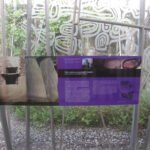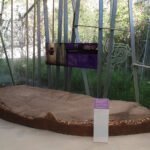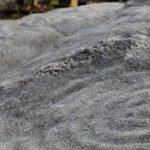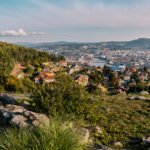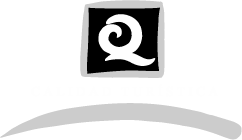Prehistoric art with views of the estuary
The most important prehistoric art site in Poio is to be found in A Caeira, on the south-east slope of Monte da Tomba, where there are breath-taking views over the Pontevedra estuary.
Your tour of the Archaeological Area can be combined with a visit to the Interpretation Centre where you can learn more about the features of the prehistoric petroglyphs discovered in the municipality.
The permanent exhibition provides a didactic explanation of the various carvings, the motifs represented, their meanings and the archaeological research.
One of the most interesting exhibits in the centre is a life-size, 3D reproduction of the petroglyph of Pozo Ventura, one of the most important sites in the Poio municipality owing to its exceptional carvings, similar to ones found in Brittany and in the British Isles.
The visit is completed with an audio-visual display depicting what life was like in the Bronze Age, 4,000 years ago, and an interactive game designed for children and young people.
Centre opening hours and services
Casal de Ferreirós, Avda. Andurique nº43, 36163 Poio, Pontevedra.
Telephone: 986 770 001 / extension 1312-1313.
Mornings 9.00 am to 2 pm (Mondays to Fridays).
Saturdays, Sundays, holidays closed.
Entry free of charge. For guided tours, please arrange an appointment.
Services: bathrooms and parking area.
The A Caeira Archaeological Area comprises a group of eight rocks with figures carved in granite dating from the Bronze Age, around 4000 years ago.
The most spectacular sites are “Laxe das Lebres” and “Pedra Grande de Montecelo”. At the first site, a group of more than 20 deer can be seen engraved all over the rock. Two creatures stand out among them, most likely a male and female deer, positioned symmetrically one on top of the other, as though creating a mirror image. This iconic representation featured on the cover of Corpus Petroglyphorum Gallaeciae, the first large study of Galician petroglyphs by the pioneer Ramón Sobrino Buhigas.
Pedra Grande de Montecelo, on the other hand, is a large panel with a predominance of geometric carvings. Around twenty concentric circles are depicted on it, as well as bowls, square-shaped figures and crosses.
Best time of day
The best time to visit these carvings is in the early morning when the sun shines at an oblique angle on the rocks, casting shadows that greatly improve the visibility of the motifs.
Access
All the carvings are outside and are free to visit. The sites are connected by a pathway with platforms providing a better view of them.
The archaeological site is accessible via two routes:
Lower route: Rúa Illa de Tambo (Boavista to Caeira).
Upper route: Rúa Illa Canosa (Boavista to Caeira).


